At our strategy meeting in the first year of my tenure as president in May 2019 in Milan we confirmed our mission and vision which had been laid down at our first meeting four years previously under the presidency of Stephen Davis. The vision was ‘a life free from stroke’ and our mission: ‘to reduce the burden of stroke’.
The reality still shows harsh numbers: by 2050 we can expect about 200 million stroke survivors and 106 million people with dementia and each year thereafter over 30 million new strokes, 12 million deaths from stroke and almost 5 million deaths from dementia (1).
Is our vision wrong? Is it too utopian? Wishful thinking? Wishful thinking, yes, but wrong, no.
We have no way of measuring our global input to change, but we do have means to look at the effects of single measures such as the World Stroke Day. Our slogan ‘One in four’ ‘Don’t be the one’ has attracted a large audience. In 2019, 125 registered events were taking place around the world and we registered 2 million mentions on Twitter (2). This shows that we have progressed and that, as a result, stroke awareness has been increasing. This year we have added to the campaign: “Join the Movement” and “1 in 4 adults will have a stroke but being active can help decrease your risk” and this is likely to draw even more attention.
Awareness being the first step to prevention shows that there can be effective prevention.
We have endorsed the Stroke Riskometer App and the project Cut Stroke in Half (3,4). This project is now gaining momentum. On World Stroke Day this year, the Cut Stroke in Half project was launched in Brazil. Training programs for the work force of community health workers are being implemented also by partner organisations by which they are trained to cope with the modification of behavioural risk factors in their communities. Using the Heart’s Program, a compilation of training protocols edited by the WHO and endorsed by many organisations including ours, successful best practices have been made in stroke prevention campaigns in India and neighboring countries. There is good evidence that elevated blood pressure can be reduced on a population level by community health workers. The use of the polypill for primary prevention has been recommended by us and an updated review has shown the polypill to be optimally suitable for primary prevention in many populations. Last year, a multicompartmental pill for antihypertensive treatment has been put on the WHO list of essential medicines. With the full development of this strategy we have reasonable expectations that eventually every other stroke can be prevented.
While such efforts are notable, we cannot change the spread of this fatal disease by our own efforts alone. We need the support from SSOs from all over the world and team up with alliances from related organisations, such as the World Heart Federation, the Circulatory Health Alliance, The American, European, Asian, Chinese, and Iberoamerican Stroke Organisations and also now with the newly founded African Stroke Organisation.
In acute stroke we have progressed by promoting care facilities and implementing our stroke road-map and guidelines. Last year we have also succeeded in adding Alteplase onto the list of essential medicines of the WHO. Moreover, last year we helped to monitor progress of acute stroke care settings with the WSO Angel Awards movement. Since then, dozens of stroke care hospitals have received this award, several have even reached platinum status. Many lectures, workshops, congress sessions and webinars have been held to improve stroke care. They are too numerous to be listed here. WSO sponsored travel grants and fellowships to young stroke physicians supplement these efforts. We recently decided to reduce the interval of our world congresses from biannual towards annual. This documents our efforts to reach out towards and involve the global stroke community even it is now limited to virtual events.
These encouraging efforts have been clouded by the rage of the COVID-19 pandemic.
We have learned to accept that that there is a Covid-19 world with a new set of rules that have been forced on our communities and health care systems. As a consequence, we have lost momentum. Many acute stroke patients have hesitated to seek hospital care once they notice stroke symptoms. Thus, they lose the opportunity of undergoing rapid diagnosis, timely intervention, and effective secondary prevention and rehabilitation. From very early on in the Covid-19 pandemic, during the first wave in late March and early April, we have received reports from stroke centers, regions and whole countries, that stroke admissions to hospitals have decreased. A survey conducted by Marc Fisher and colleagues showed that the decline of admissions was between 20% and 80%. Other reports confirmed these findings (5-7). In response to the delay or loss of patients reaching the acute settings we enforced the ‘Don’t Stay at Home’ campaign hoping to reach many others and convincing them to seek hospital care also during the ongoing pandemic.
In spite of some progress, we have lost momentum in our fight against stroke and the pace of change towards effectively preventing and treating stroke on a global level has slowed down considerably. Economical threats to many families, the stress to health care systems and the insufficiency of general health care in many regions in the world endanger the progress we have made. We have to adapt to the new ‘normality’ with the ongoing raging of the pandemic.
How can we pick up our activities and become effective again? I think the most important issue is to realize that effective stroke prevention also means effective protection from severe COVID-19 illness. If we reduce the number of strokes and of stroke-prone individuals among our populations, then we also reduce the risk for these people to suffer severe symptoms once they contract a COVID-19 infection. This is the reason that Richard Horton in his Lancet editorial named the pandemic a syndemic (8) because its deadly consequences are mostly seen among people with risk factors, many of which are bundles of risks for stroke as well.
Picking up pace again means joining forces with vascular prevention programs that also reduce the risk of contracting severe COVID-19 infections.
- Brainin M, Feigin VL, Norrving B, Martins SCO, Hankey GJ, Hachisnki V, the World Stroke Organisation of Directors. Global prevention of stroke and dementia: the WSO Declaration. Lancet Neurology 2020; 19:487-8).
- WSO Annual Report 2019, www.world-stroke.org.
- Brainin M, Feigin V, Martins S, et al. Cut Stroke in Half: Polypill for primary prevention of stroke. Int J Stroke 2018; 13: 633-647;
- Brainin M, Feigin V, Bath P, et al. Multi-level community interventions for primary stroke prevention: A conceptual approach by the World Stroke Organisation. Int J Stroke 2019; 14: 818-825).
- Liu L, Wang D, Brainin M, et al. Approaches to global stroke care during the COVID-19 pandemic. Stroke Vasc Neurol 2020; 5: 107-109
- Markus HS, Brainin M. COVID-19 and stroke- A global World Stroke Organisation perspective. Int J Stroke 2020; 15:361-364
- Zhao J, Wang Y, Fisher M, et al. Slower recovery of outpatient clinics than inpatient services for stroke and other neurological diseases after COVID-19 Pandemic. CNS Neurosci Ther 2020; Oct 15. Doi:10.1111/cns.13459 Epub ahead of print. PMID:33058536
- Horton R: Offline: Covid-19 is not a pandemic. Lancet 2020; 396: 874
- Calling All Future Stroke Leaders
- Words from the President on stroke care during the COVID19 pandemic
- World Stroke Academy content is NOW available free online to all
- Global Stroke Leaders Launch Radical Prevention Strategy
- The Global Impact of COVID-19 on Stroke - the latest results from the survey from Prof. Marc Fischer, WSO President-Elect
- Reduced rates for your attendance at ESO-WSO 2020
- Get ready to Join the MoveMent!
- Global Stroke Leaders Launch Radical Prevention Strategy
- World Stroke Day 2020 News Release
- No Time for Silence on Stroke Prevention
- WSO Brain and Heart Week
- The latest World Stroke Academy news
- Accuracy in BP Measurement and Effective Hypertension Control Promoted on World Hypertension Day
- The 74th World Health Assembly - 24-31 May
- The state of stroke services across the globe: report of World Stroke Organization
- WHO releases priority list of medical devices and interventions for stroke
- World Stroke Day Campaign website and toolkit LIVE
- WSO welcomes WHO recommendations on management of hypertension
- The World Stroke Academy newly branded website is live!
- 5 ways you can support the #Precioustime campaign on World Stroke Day
- GCCH Position Paper “Preventing the next pandemic: The case for investing in circulatory health”
- Global survey reveals only 35% hospitals worldwide provide life-saving stroke treatment
- How to save $1 trillion
- WSO Global Stroke Fact Sheet 2022
- World Stroke Campaign Award Shortlist Announced
- ICD-11 is now officially in effect
- World Stroke Organization’s statement on Ukraine
- WSO Annual Report for 2021
- Get Ready for World Stroke Day 2022 - The Power of Saving #Precioustime
- WHO Strategic Technical Advisory Group meeting on Global Noncommunicable diseases action plan 2013-2030
- WSO Calls for changes in primary prevention guidelines for cardiovascular disease and stroke
- WSO Future Stroke Leaders Programme - Cohort 2 Announcement
- Building Momentum around Implementation of Quality Stroke Care – update from the WSO Rede Brasil AVC Global Stroke Alliance Meeting, Sao Paulo
- World Stroke Day 2022 Raising public awareness of stroke signs and the importance of #Precioustime
- Countdown to World Stroke Day- key actions for members and partners!
- WSO is announcing the results from the Officers elections 2022
- World Stroke Organization Tackle Gaps in Access to Quality Stroke Care
- WSC 2022: One Voice for Stroke
- World Stroke Day #Precioustime Campaign Evaluation
- In memoriam of Dr. Ralph L. Sacco
- WHO Executive Board (EB 152)
- RES-Q + Using digitization and artificial intelligence to improve healthcare
- Be the storyteller of 2023. Submit your abstract at WSC 2023!
- Summary of systematic review and synthesis of global stroke guidelines on behalf of WSO
- World Health Assembly (WHA76)
- World Stroke Day 2023 - Together we are #GreaterThan Stroke
- THE ROAD TO UHC: WHY INTEGRATION OF CIRCULATORY HEALTH INTERVENTIONS IN PRIMARY CARE IS ESSENTIAL
- Global Declaration on Stroke
- NEW World Stroke Campaign Website goes LIVE!
- Global Declaration on Stroke Commitment Launch: New Delhi, India – September 8th, 2023
- TOGETHER WE CAN BE #GreaterThan STROKE!
- The Global Stroke Community Reunited for the WSC 2023
- Join the Future Stroke Leaders Success Journey – Cohort 3 Applications Open
- The RES-Q platform has officially launched!
- New Trial Expands Window For Stroke Thrombectomy With Simpler Imaging
- Now available: WSA Big Data & Stoke e-Learning module
- World Stroke Day 2024
- World Stroke Campaign Award 2023 Winners
- United in Action to Transform Stroke Care
- WSC 2024 Early Bird Registration Deadline Approaching!
- WSO and SingHealth Sign MoU to Enhance Regional Stroke Management and Care in Collaboration with Angels Initiative
- Stroke Action Now - join the WSO global advocacy coalition
- Time for a Revolution in Stroke Care - Acute Care Policy Brief Launch
- Prioritizing access to quality acute stroke care - the time to act is now!
- World Stroke Organization Launches Global Coalition to Drive Action on Stroke Care
- Highlights from the Global Stroke Alliance meeting in Bogota, Colombia – 20-22 November 2024
- United in Action for #StrokeActionNow - Update from the Global Stroke Action Coalition
- Homepage
- Vision and strategy
- Board and Executive Committee
- Privacy policy
- Terms of use
- SEO sitemap
- Global Stroke Corner
- Words from the President: LOOKING AHEAD
- WSO Publishes Global Stroke Fact Sheet
- WSO Call for Editor-in-Chief of IJS
- WSO Membership - Call for Dues 2019
- ESO-WSO Conference 2020
- XXII Ibero-American Stroke Organization Congress
- Asia Pacific Stroke Conference 2019
- European Master in Stroke Medicine - Feedback from WSO scholarships recipients
- Philippine Nationwide Stroke Training, 2018
- Advances in neuroscience & new strategies for preventing & treating brain diseases, November 2018, Moscow
- International conference on essentials of stroke care, November 2018, India
- Education Committee Update
- SSO Committee March 2019
- Stroke Guidelines & Quality Committee Update
- WSO Research Committee Update
- WSO and Global Policy – Key Events in 2019
- Report of WHO Global Forum on Medical Devices
- Report from the WHO’s Executive Board in Geneva January 24th to February 1st, 2019
- WSO President and Romanian Health Minister sign a Memorandum of Understanding
- First Stroke Summer School in Latin America
- Stroke Thrombolysis Master Class-2018: A Report
- Welcome to New Members
- Heart and Stroke Foundation of Canada Publishes a New Report
- On the International Women’s Day, March 8, WSO celebrated women in stroke!
- News from the European Stroke Organization
- Marie-Germaine Bousser receives the 2019 Brain Prize
Our partners and sponsors
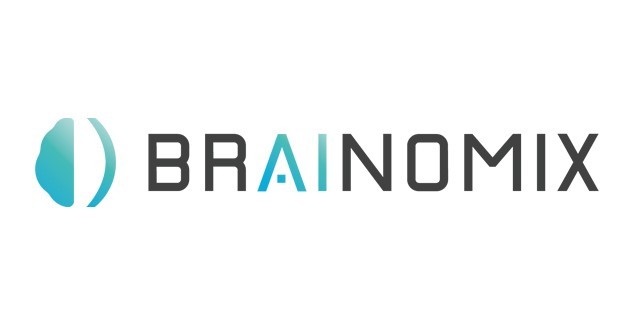 Corporate Supporters
Corporate Supporters
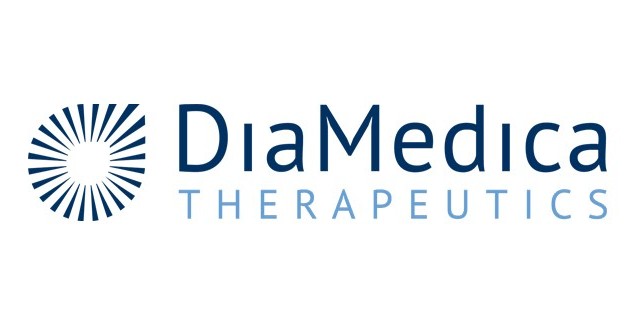 Corporate Supporters
Corporate Supporters
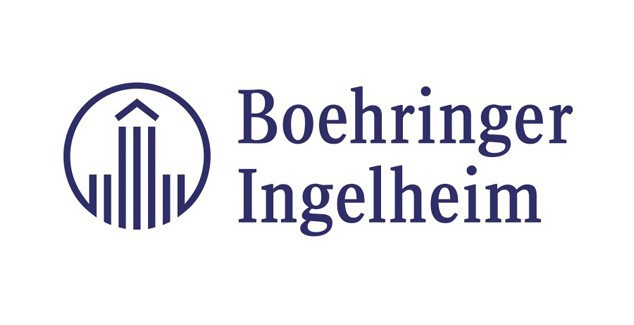 Platinum Plus
Platinum Plus
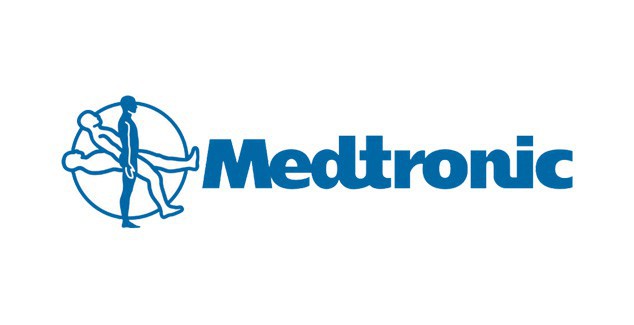 Platinum Plus
Platinum Plus
 Bronze
Bronze
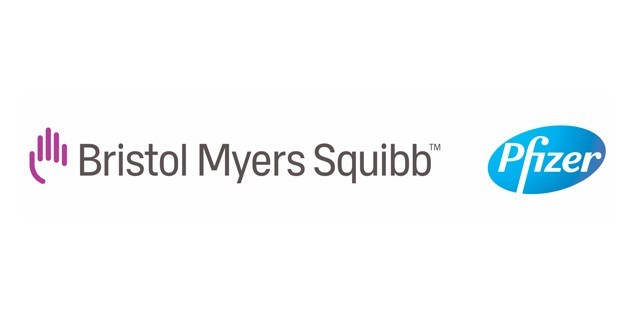 Silver
Silver
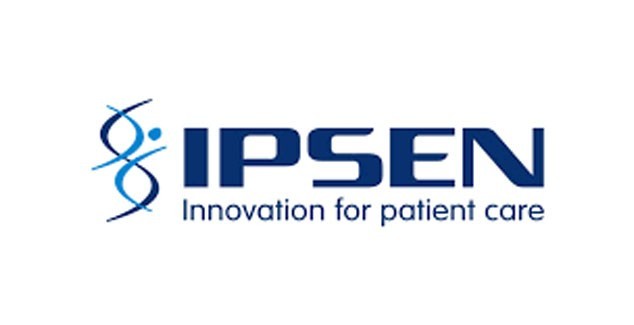 Gold
Gold
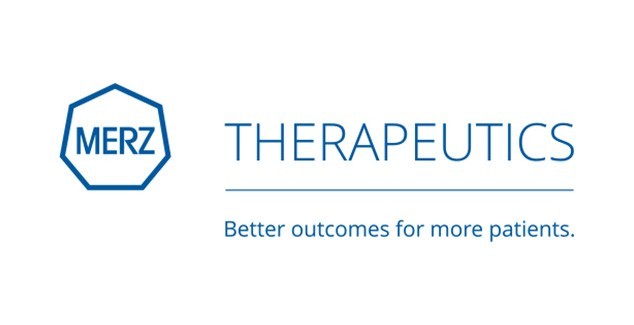 Silver
Silver
 Silver
Silver
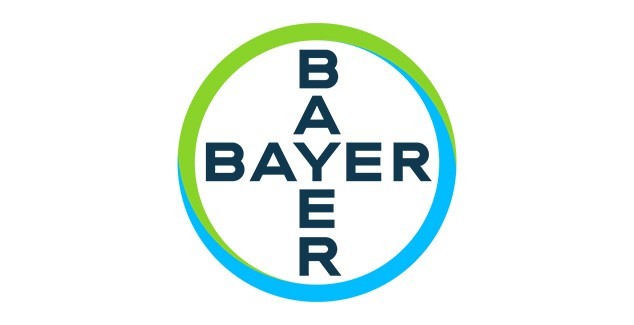 Bronze
Bronze
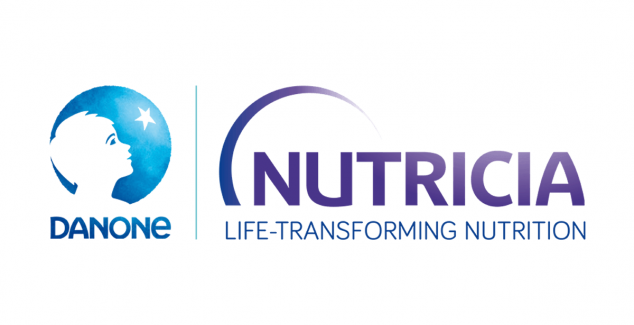 Bronze
Bronze
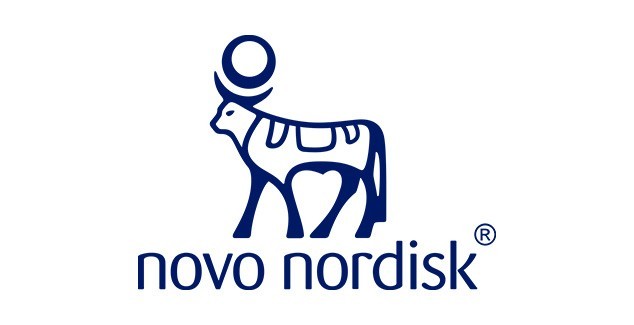 Bronze
Bronze
 Bronze
Bronze

 Member login
Member login